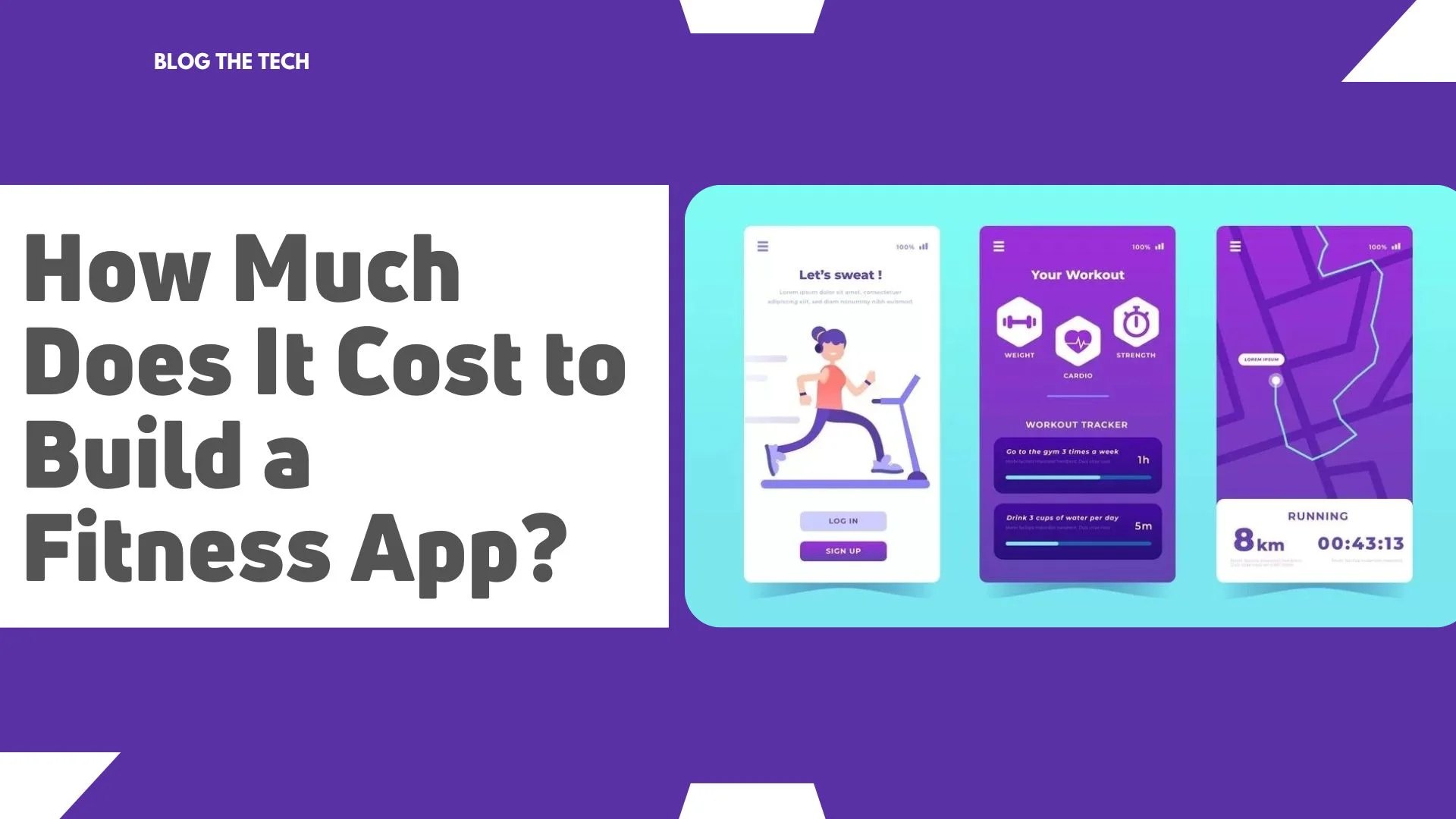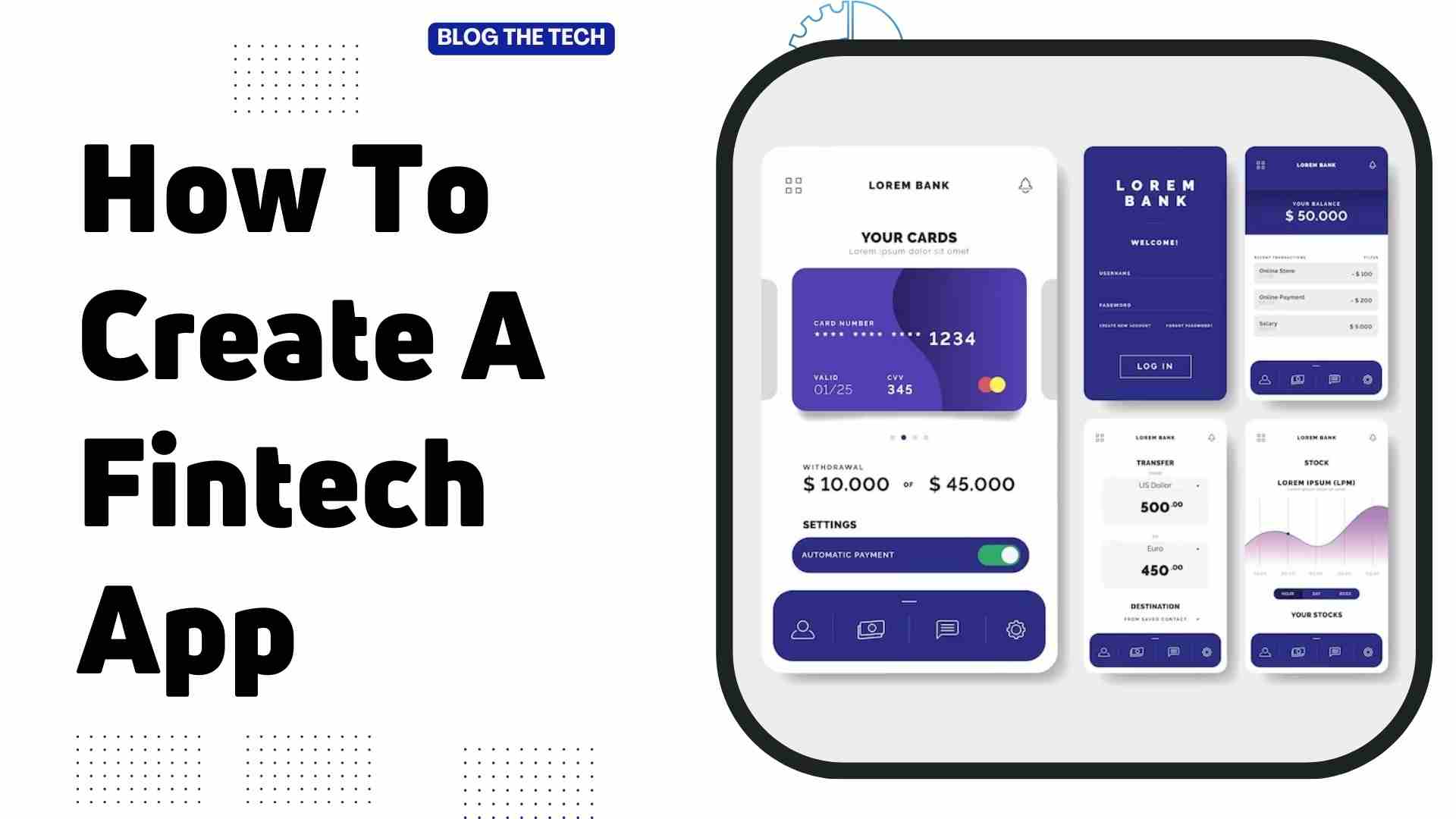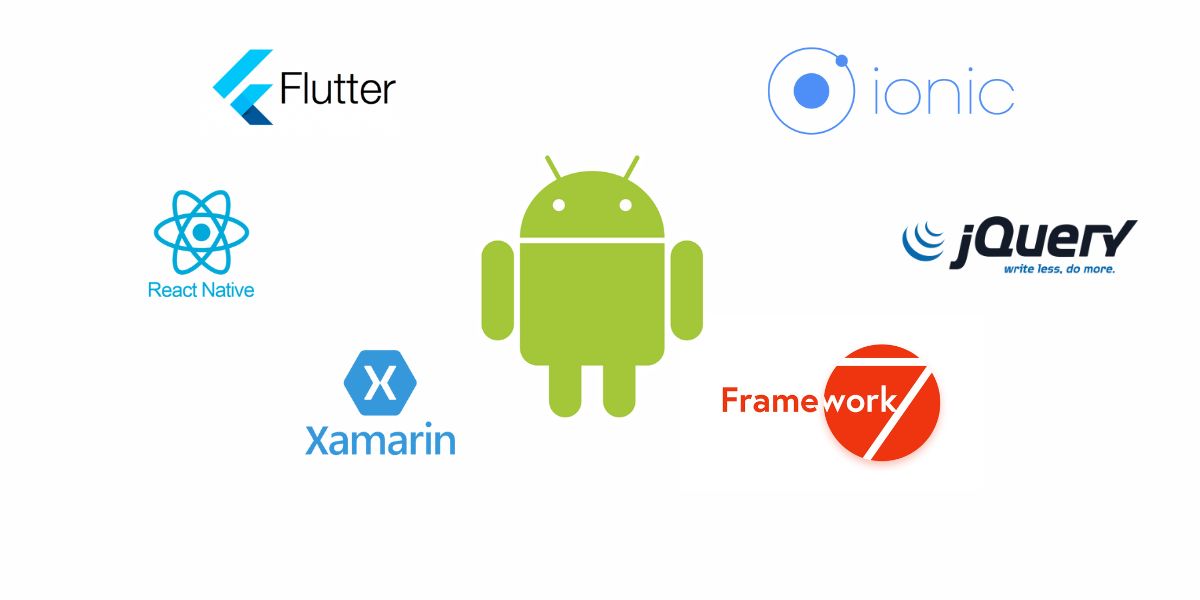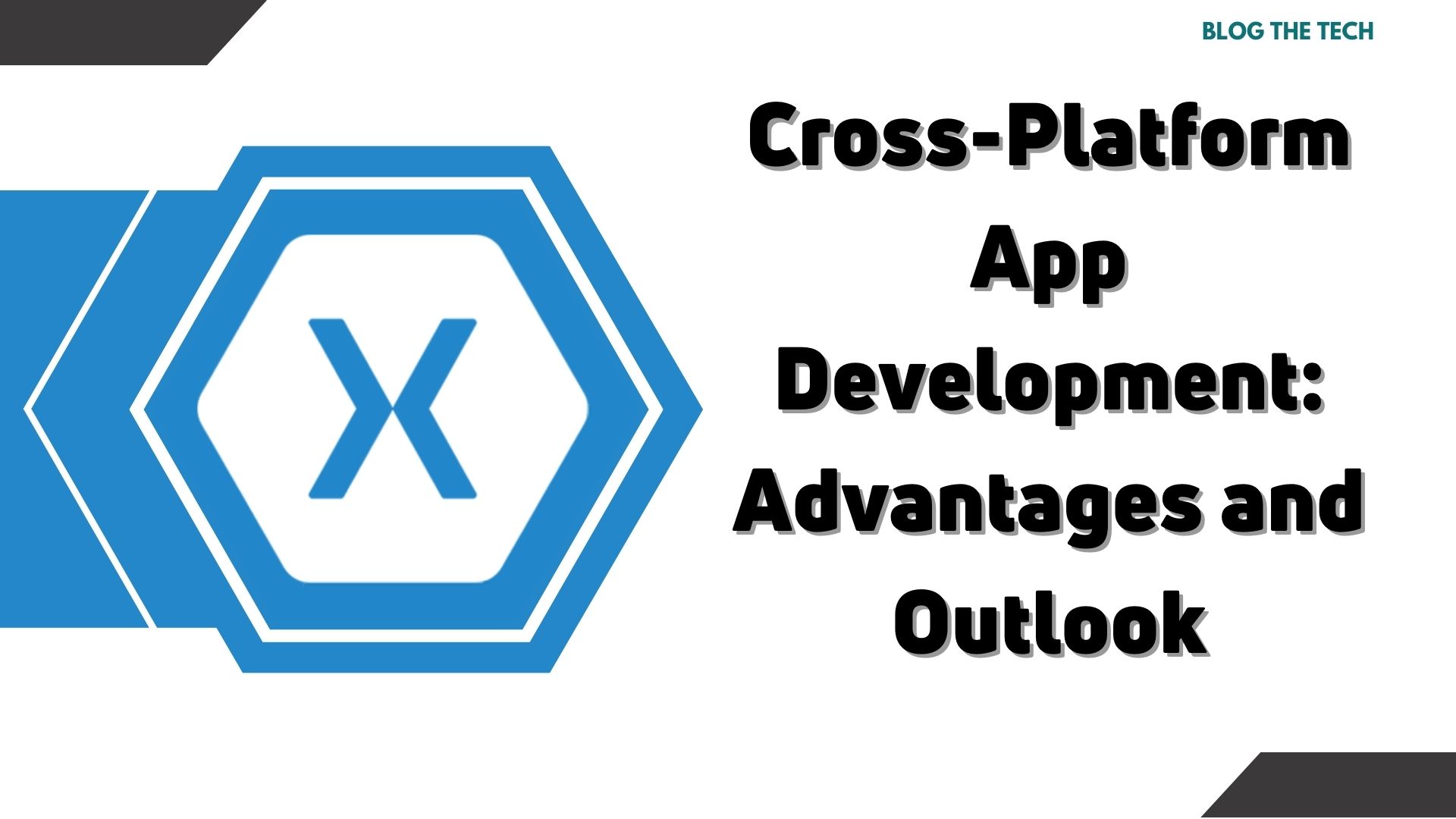Fitness apps are now called smart trainers to keep individuals fit and healthy. As per Statista, the global fitness app market is set to grow from just $2.1 billion in 2017 to a whopping $4.6 billion by the end of this year. So, new entrants have a massive opportunity in the fitness app market. So, it is expected that you are looking to develop a fitness app and grab a pie of this expanding market.
Increasing utilization of smartphone apps and corresponding innovations have made the overwhelming popularity of mobile fitness apps possible. The way from our kitchens to the classrooms, smartphone applications continue to widen our horizons, and the wake of fitness apps taking care of our everyday health habits should not surprise us.
But if you are ambitious about building a powerful fitness app and making your app a big success, you must be concerned about the fitness app development cost calculation. This article will give you the right answer on how much it cost to build a fitness app and other ways to reduce the initial app development cost. Let us help you so that you can plan the key cost areas and do the needful.
The Most Popular Fitness Apps and Their Development Cost
When building a fitness app for a specific audience and making a niche reputation, you can’t just be too generic in your approach. You need to focus on a particular niche or fitness app that represents your idea best and offers something valuable and relevant for your audience.
- Workout Apps
People who like to exercise or engage in sports in their homes find these fitness apps most helpful. Often these apps offer detailed guides to raise the fitness level over time through workouts. The average cost calculation of developing a workout app can range between $25,000 – $100,000, and in India, it will cost you $14,000 – $60,000.
- Fitness Trackers
Fitness trackers primarily work through smart wearables such as smartwatches, smart wearable health tracker devices, smart shoes, smart wristbands, etc. Often these fitness tracker devices remain in sync with a corresponding app for the connected smartphone device. The average cost of developing a fitness tracker app can range between $20,000 – $80,000, and in India, it will cost you $12,000 – $50,000.
- Activity Trackers
These apps help track daily activities and offer precise data, data-driven analytics on fitness and physical capabilities, and notification of vital signs and symptoms. These apps often provide periodic reports on people’s activities and their impact on their health and fitness levels. The average estimated cost of developing an activity tracker app can range between $25,000 – $100,000; in India, it will cost you $15,000 – $60,000.
- Diet or Nutrition Guide Apps
These fitness apps help people adhere to a healthy diet per their health condition or fitness goals. Many of these apps also offer detailed information on regular eatables’ nutritional values and health benefits. The average estimated cost of developing a diet or nutrition app can range between $25,000 – $1,15,000, and in India, it will cost you $12,000 – $70,000.
An Overview of Average Fitness App Development Cost Estimate
You must know the type of fitness app you will build. We have already explained the four major types of fitness apps in the market. Coming to the Fitness app development cost, you need to consider several factors.
A common way to reduce fitness app development costs is to embrace an incremental development approach so that you can build the first app easily and within your budget while planning future updates progressively over time. Minimum Viable Product (MVP) is a development approach that fits well into this strategy.
Let’s describe all the major variable factors impacting the fitness app development cost.
Choosing the Right Fitness App Features
You must first choose the app features that are elementary for delivering the desired user experience. You need to segregate these features into two broader categories: must-have and nice-to-have.
Let’s begin by describing the must-have features first.
- User Registration: This requires offering a simple interface allowing easy signup and navigation consuming the least effort and time. The feature should allow users to log in using social media credentials, email ID, or a mobile number.
- Fitness Tracker: This is the central feature of any fitness app allowing the users to track and store fitness data of various types ranging from workout schedules and routines, workout results, periodic improvement reports, and many more.
- Custom Integrations: To offer a customized user experience, make sure the app is ready to integrate custom APIs from other popular fitness data sources and fitness apps.
- Fitness Guide: To ensure your app gives users some guidance on staying fit, the app should offer quality videos, graphics, and text content explaining various fitness measures and tips.
- In-app Payment: Integrated payment channels for purchasing additional features or subscribing to the premium versions is a must-have feature for most fitness apps.
Now let’s describe some of the nice-to-have features for fitness apps.
- Calorie Calculator: It is an advanced feature to help users with records of calorie burning, calorie consumption, and ways to improve them.
- Fitness Goal Setting: Many fitness apps help users intuitively set personalized fitness goals involving various measures, including diet, exercise, etc.
- Graphic Reports: Some fitness apps also incorporate all fitness data and statistics into rich graphics, including detailed charts, tables, and other data visualizations for an at-a-glance view of the performance and improvement.
- Social Media Access: Fitness apps can create a stronger sense of community among users by integrating social media platforms and by allowing users to share their fitness data and reports with their social contacts.
Tech Stack That Impacts your Fitness App Development Cost
Now you also need to consider the target operating system platforms, corresponding technology stack, and their cost impact on the app project. The technology stack depends primarily upon your chosen features and operating system platforms.
Choose the technology stack that perfectly fits your features and the user experience you are trying to achieve. When you are making a start, the following technologies are widely recommended by experts.
- Xcode or Android Studio as the development environment
- Swift or Kotlin as the native programming languages for respectively iOS and Android
- Flutter for cross-platform development project
- MySQL as the database system
- Parse backend tool
Now, this technology stack is fixed for a while, and as the app requirements continue to evolve, you may need to switch to a more advanced tech stack. It is always advisable to opt for a versatile tech stack like Flutter that can address native and cross-platform development needs for any app project, irrespective of the niche.
The Cost of Hiring Developers for Fitness Apps
The developers make the biggest impact on the fitness app development cost. The experience and location of the developers can both determine the development cost to a great extent. Hiring a trusted mobile app development company in India is the right idea to reduce the initial development cost without compromising the app’s quality.
- Freelancer Developers: This is the most cost-competitive option suitable for minor commonplace app projects such as utility apps. But for a highly specialized field like fitness apps, hiring freelancers can backfire as they are less committed to their work than dedicated ones.
- In-house Developers: In-house developers are great for exercising optimum control and enjoying excellent ease of communication and collaboration, resulting in great productivity and output. But on the other hand, in-house developers always come with huge cost burdens, including several recurring cost components.
- Outsourcing Developers: When you outsource a project development team, you can eliminate all the recurring cost burdens. At the same time, you can make the best bargains corresponding to the quality and cost. By trying to hire an expert small development company, you also get exposure to a worldwide talent pool.
App developers belonging to different parts of the world offer different hourly rates. These variable rates are something that makes outsourcing more advantageous from the cost point of view. For example, the app development cost in India is far cheaper than in North America, West Europe, and several countries in South America and East Europe.
Ending Notes
Last but not least, you must remember that a fitness app development cost is just a number, but the value you try to generate through a highly specialized app like a fitness app cannot be surmised with just a simple number. This is why all ambitious app projects do not compromise on quality parameters to save costs. It is always advisable to keep cost considerations after all your must-have requirements are met.




